Two companies behind a number of augmented reality devices have joined forces to develop a 3D depth-sensing camera system that will facilitate computer vision capabilities for augmented/virtual reality experiences and more.
Qualcomm Technologies, Inc., whose processors power Tango smart phones, ODG smart glasses, and many more Android-based devices, and Himax Technologies, Inc., provider of components for Microsoft HoloLens, will collaborate on development and production of SLiM (Structured Light Module), a 3D camera module capable of real-time depth sensing and 3D point cloud generation.

Qualcomm provides processors and camera technology for many Android-based devices, including the augmented reality-focused Asus Zenphone AR.
Our two companies have worked together for more than four years to design the SLiM™ 3D sensing solution to meet growing demands for enhanced computer vision capabilities that will enable amazing new features and use cases in a broad range of markets and applications.
Scheduled to begin mass production in first quarter 2018, SLiM is targeted for embedded and mobile devices, with a compact form factor and energy-efficient design. Qualcomm will contribute their Spectra computer vision technology to the partnership, while Himax will offer their expertise in wafer optics, sensors, drivers, and module integration.
"As an engineer, it is gratifying to see how our technology inventions enable products that will enrich user experience for consumers around the world. It has been a great experience collaborating with Himax on the project to enable 3D computer vision technologies in smartphones, virtual reality and augmented reality products," said Chienchung Chang, vice president of engineering, Qualcomm Technologies, Inc., in a statement.

Himax provides optics and sensors for augmented reality devices like HoloLens.
While software-based ARCore platform unceremoniously supplanting the Tango hardware-based platform in Google's augmented reality strategy, Clay Bavor, the company's lead for AR/VR technology, has gone on record that they will continue to push for advances in smart phone sensors to support AR experiences, which the SLiM 3D helps fulfill.
"Our 3D sensing solution will be a game changing technology for smartphones, where we will enable the Android ecosystem to provide the next generation of mobile user experience," said Wu.
- Follow Next Reality on Facebook, Twitter, and YouTube
- Sign up for our new Next Reality newsletter
- Follow WonderHowTo on Facebook, Twitter, Pinterest, and Google+
Cover image via Qualcomm






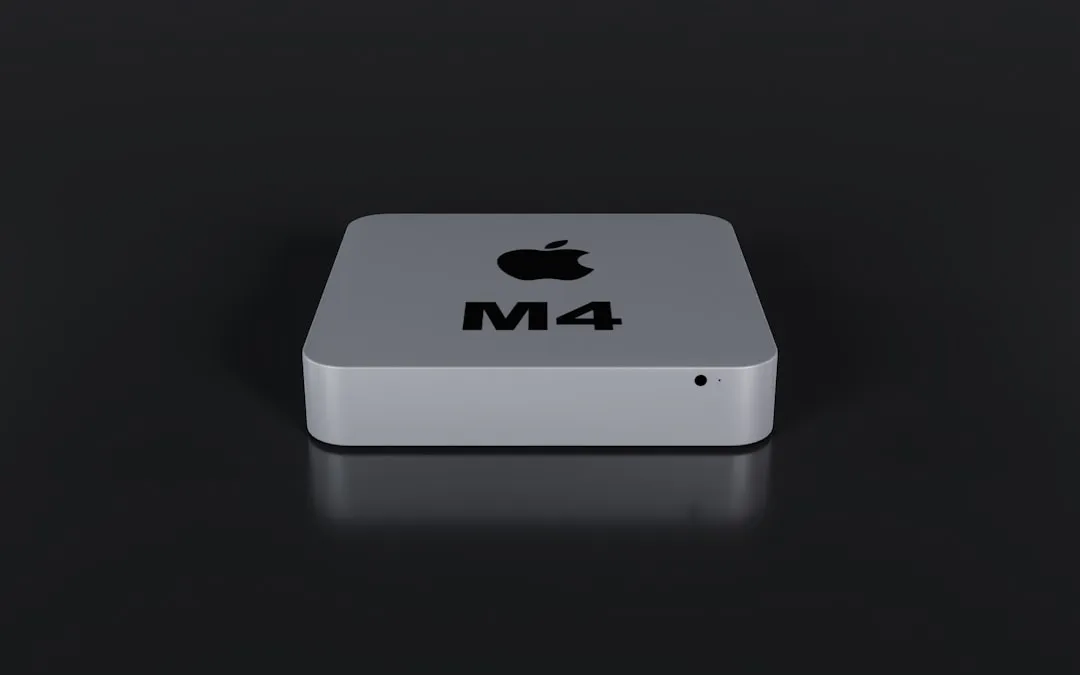
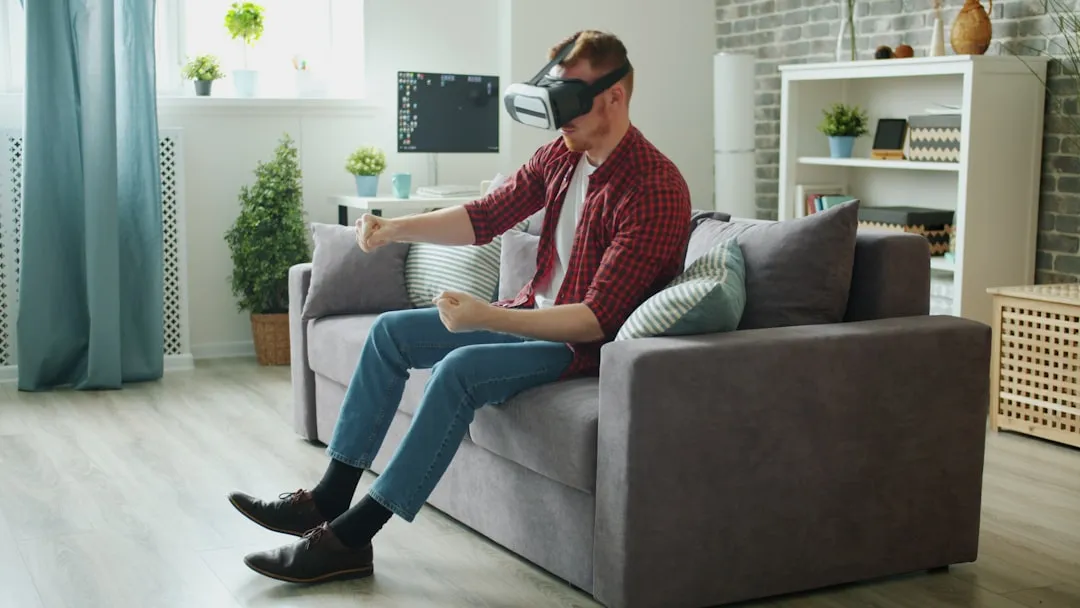

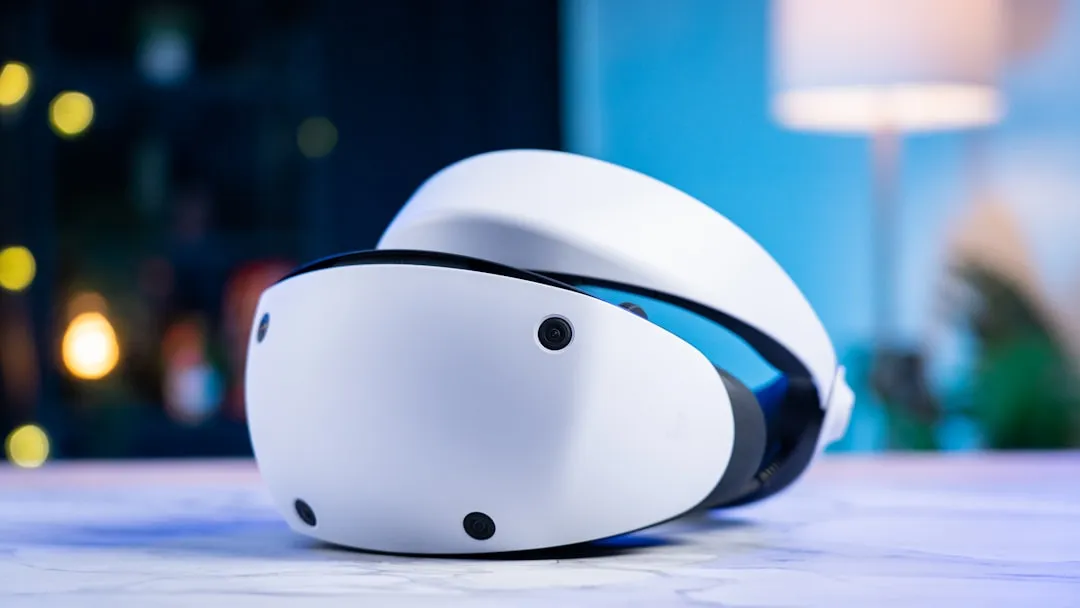


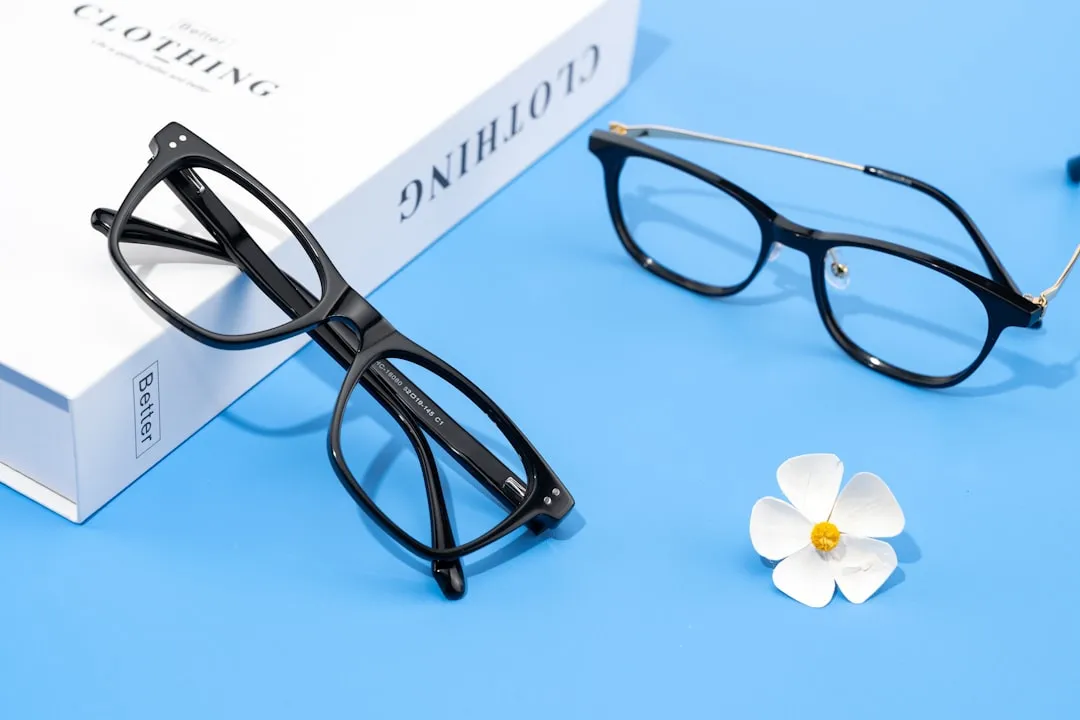
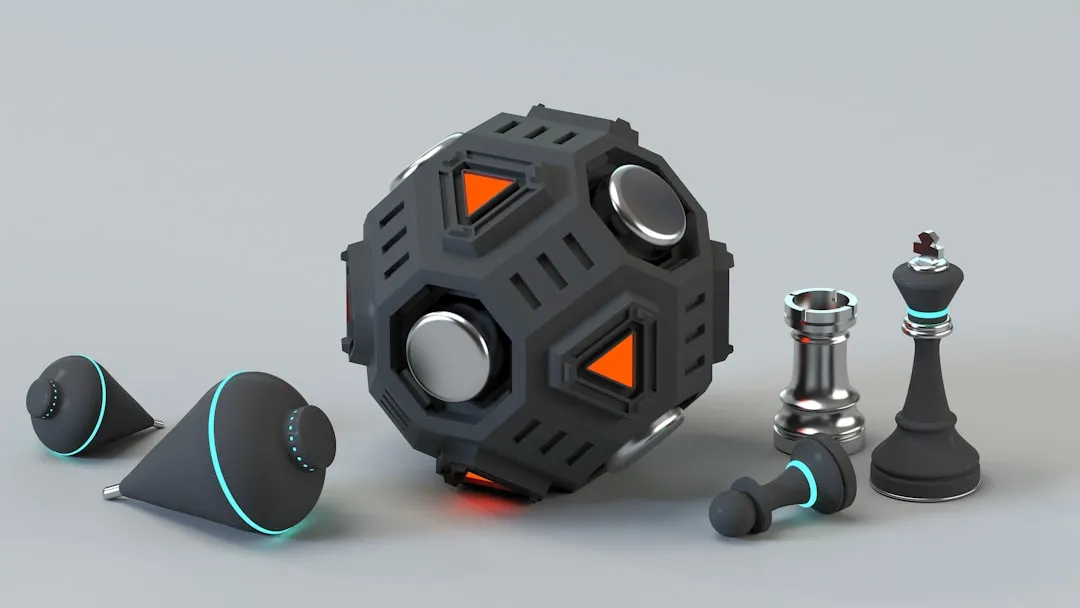

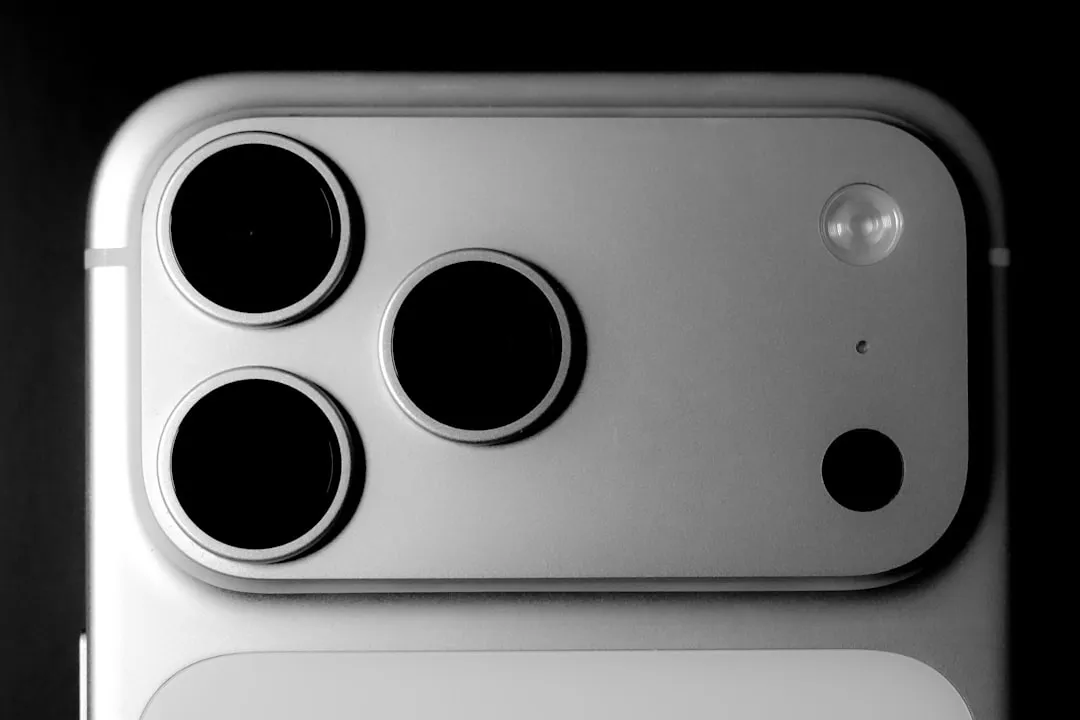





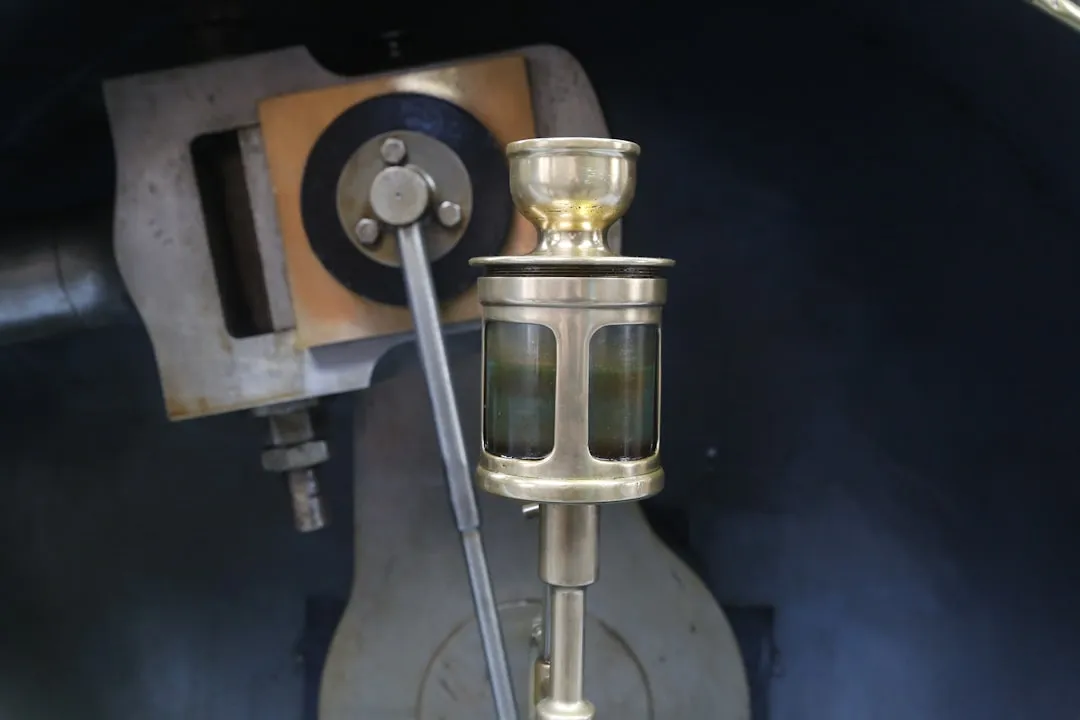


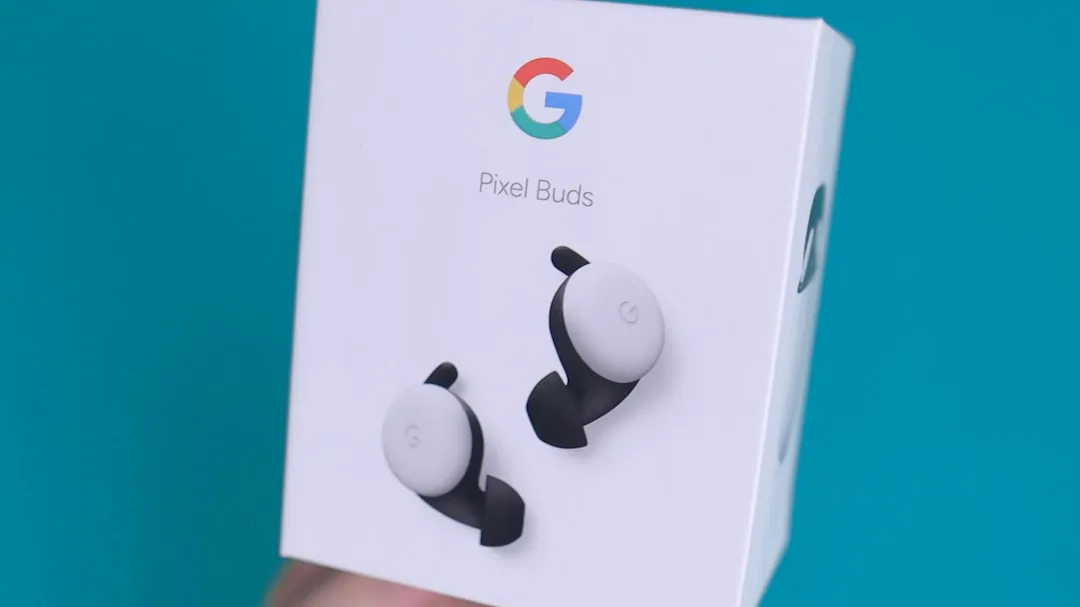
Comments
Be the first, drop a comment!